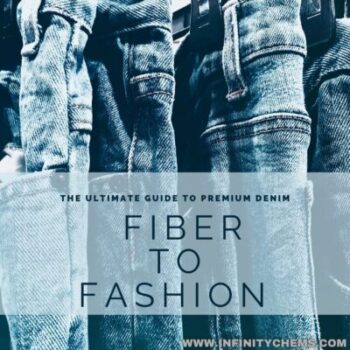- Understanding Premium Denim
1.1. What defines premium denim
Premium denim is all about quality, craftsmanship, and attention to detail. It’s the kind of denim that feels special from the moment you put it on. Think of it as the difference between a home-cooked meal and fast food – both fill you up, but one is crafted with care and better ingredients.
When I first slipped on a pair of premium jeans, I was amazed at how different they felt. The fabric was sturdy yet comfortable, and the fit was just right. That’s when I realized that premium denim is more than just a price tag – it’s an experience.
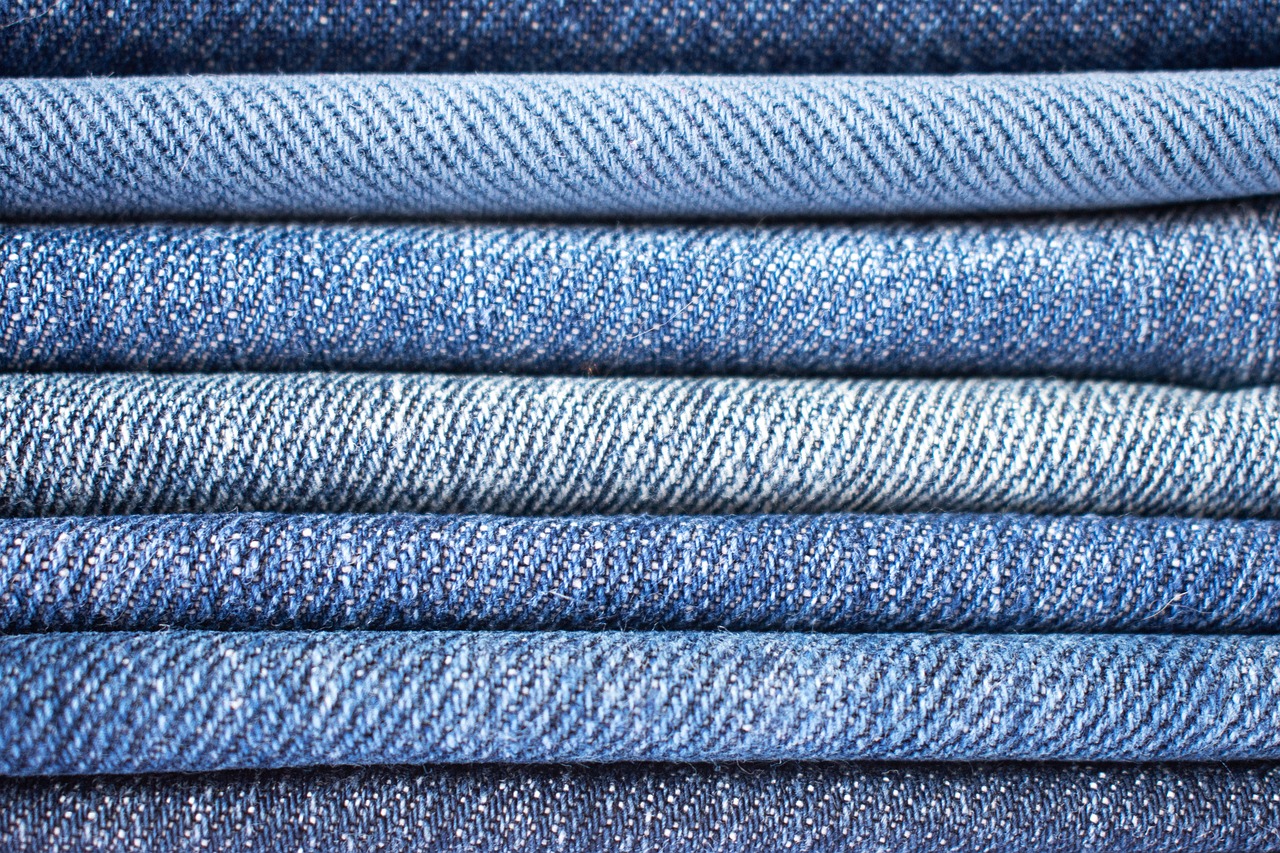
1.2. The history of premium denim
Premium denim has come a long way since its humble beginnings. It all started in the 1870s when Levi Strauss and Jacob Davis created the first pair of blue jeans. But it wasn’t until the late 20th century that denim really got its “premium” upgrade.
I remember my dad telling me stories about his first pair of designer jeans in the 1980s. He saved up for weeks to buy them, and he wore them everywhere. That was when premium denim started to become a fashion statement, not just workwear.
1.3. Key differences between premium and regular denim
The main differences between premium and regular denim are in the details. Premium denim often uses higher quality cotton, more intricate weaving techniques, and pays more attention to the finishing touches.
I once bought a pair of cheap jeans and a pair of premium jeans to compare. After a few washes, the cheap ones started to lose their shape and color. The premium pair? They looked even better with wear. That’s the power of quality materials and craftsmanship.
- Types of Premium Denim Fabrics
2.1. Selvedge denim
Selvedge denim is the cream of the crop in the denim world. It’s woven on old-school shuttle looms, creating a clean, finished edge that denim enthusiasts go crazy for.
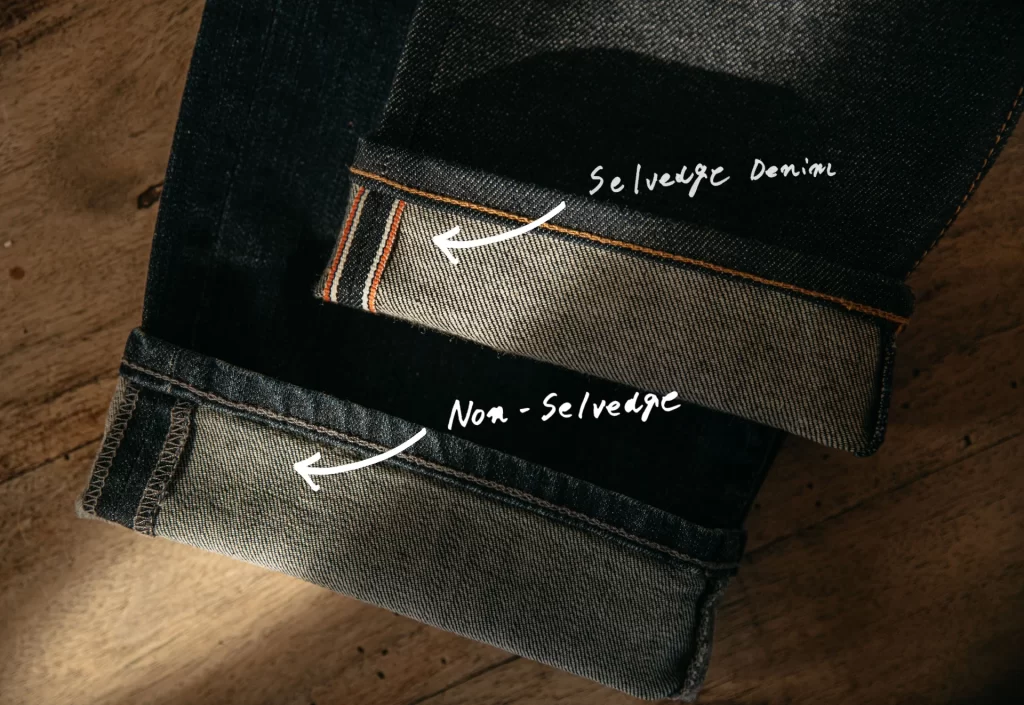
I’ll never forget the first time I saw a selvedge line peeking out when I rolled up my jeans. It felt like I was part of a secret club of denim lovers.
2.2. Raw denim
Raw denim is denim in its purest form – unwashed and untreated. It’s stiff at first, but it molds to your body over time, creating a truly personalized fit.
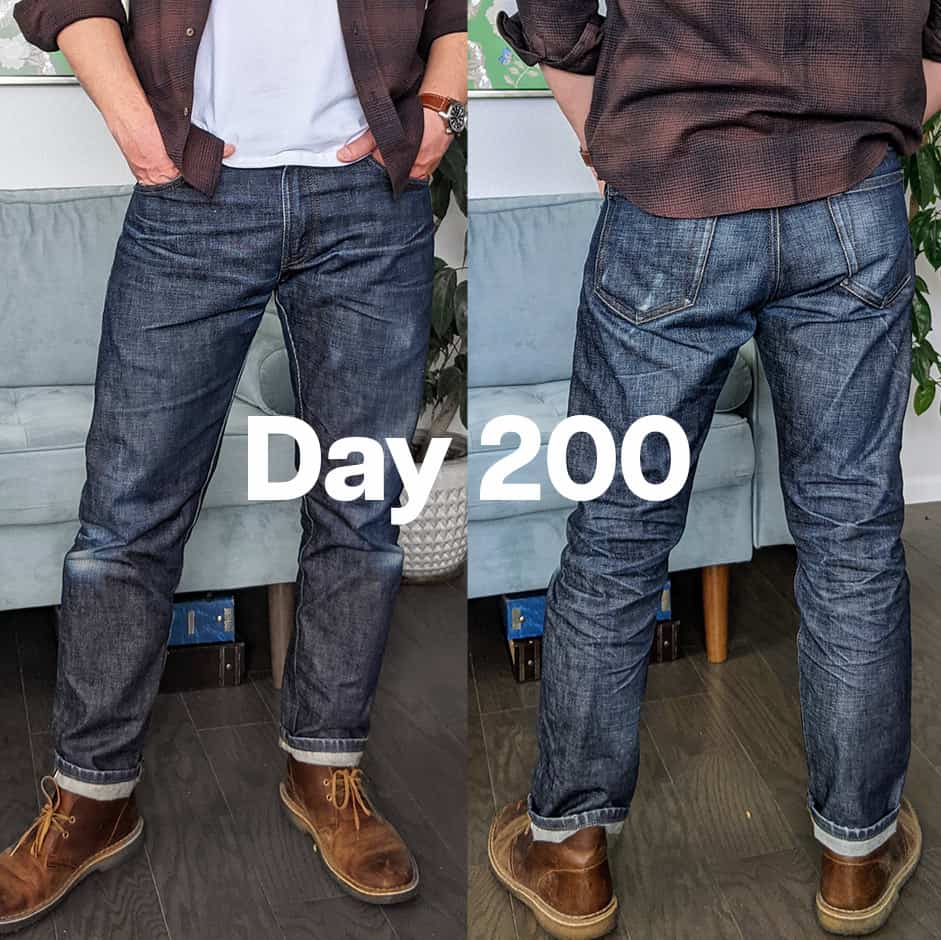
Breaking in my first pair of raw denim jeans was quite an adventure. They were so stiff I could barely move at first! But after a few weeks, they became the most comfortable jeans I owned.
2.3. Organic and sustainable denim
With growing awareness about environmental issues, organic and sustainable denim has become increasingly popular. These jeans are made with organic cotton and eco-friendly production methods.
I recently switched to organic denim, and it feels good knowing my jeans aren’t harming the planet. Plus, they’re just as comfortable and stylish as traditional denim.
- The Manufacturing Process
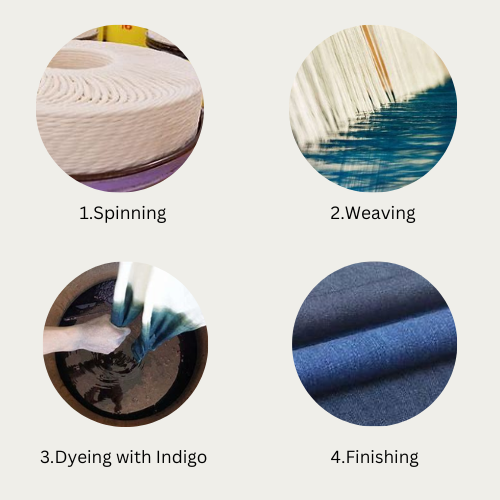
3.1. Fiber selection and preparation
The journey of premium denim starts with selecting the right cotton fibers. The best denim often uses long-staple cotton, which creates stronger and softer fabric.
I once visited a denim factory and was amazed at how much care goes into choosing the right cotton. It’s like selecting the perfect ingredients for a gourmet meal.
3.2. Weaving techniques
Premium denim is often woven on traditional shuttle looms, which create a tighter, more durable weave. Some brands even use vintage looms from the early 20th century!
Watching a master weaver at work is like seeing a musician play a finely-tuned instrument. The rhythm of the loom and the precision of the weaver create a fabric that’s truly special.
3.3. Dyeing and finishing methods
The iconic indigo color of denim comes from a complex dyeing process. Premium brands often use natural indigo dye and traditional dyeing methods for a richer, longer-lasting color.
I once had the chance to try indigo dyeing myself. It gave me a whole new appreciation for the art and science behind that perfect blue hue.
- Characteristics of High-Quality Denim
4.1. Weight and thickness
Premium denim comes in various weights, typically measured in ounces per square yard. Heavier denim (13-16 oz) is more durable, while lighter denim (9-12 oz) is more comfortable in warm weather.
I love my 14 oz jeans for winter, but in summer, I switch to a lighter 10 oz pair. It’s like having a wardrobe that adapts to the seasons.
4.2. Texture and feel
High-quality denim often has a unique texture that denim enthusiasts call “hand feel.” It’s that satisfying roughness that softens over time without losing its character.
Every time I put on my favorite jeans, I can’t help but run my hands over the fabric. It’s a tactile experience that cheap denim just can’t match.
4.3. Durability and longevity
One of the best things about premium denim is how long it lasts. With proper care, a good pair of jeans can last for years, even decades.
I still have my first pair of premium jeans from college. They’re faded and patched, but they tell the story of all the adventures we’ve had together.
- Caring for Premium Denim
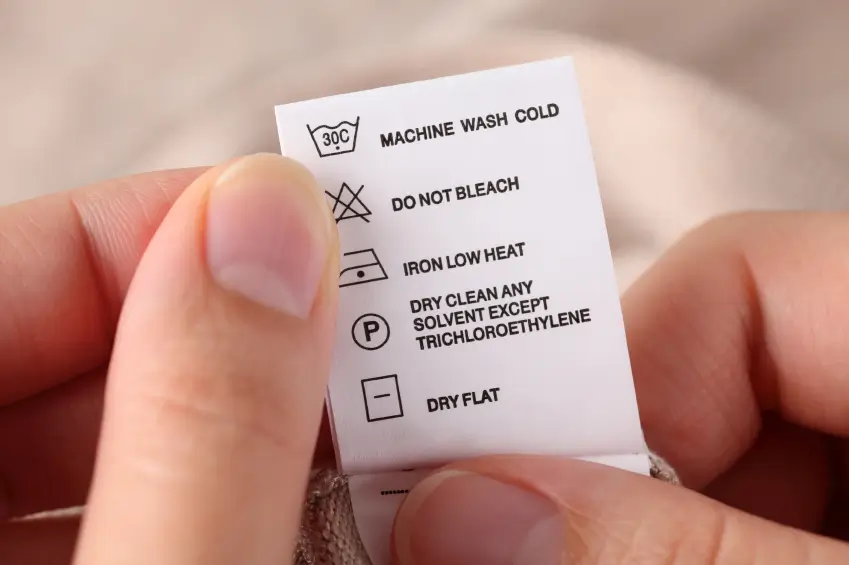
5.1. Washing and maintenance tips
The key to keeping your premium denim in top shape is to wash it as little as possible. When you do wash, turn them inside out, use cold water, and avoid the dryer.
I used to wash my jeans after every wear, but now I only wash them every few months. They look better and last longer this way.
5.2. Storing your denim properly
Proper storage can extend the life of your denim. Hang your jeans by the belt loops or fold them neatly to avoid creases.
I have a special section in my closet just for my favorite jeans. It might seem excessive, but it keeps them in great shape and ready to wear.
5.3. Repairing and extending the life of your denim
Don’t toss your jeans at the first sign of wear. Small repairs can extend their life significantly. Many premium denim brands even offer repair services.
I once thought about throwing away a pair of jeans with a torn knee. Instead, I patched them up, and now they’re my favorite pair with a unique, personalized touch.
- Styling Premium Denim
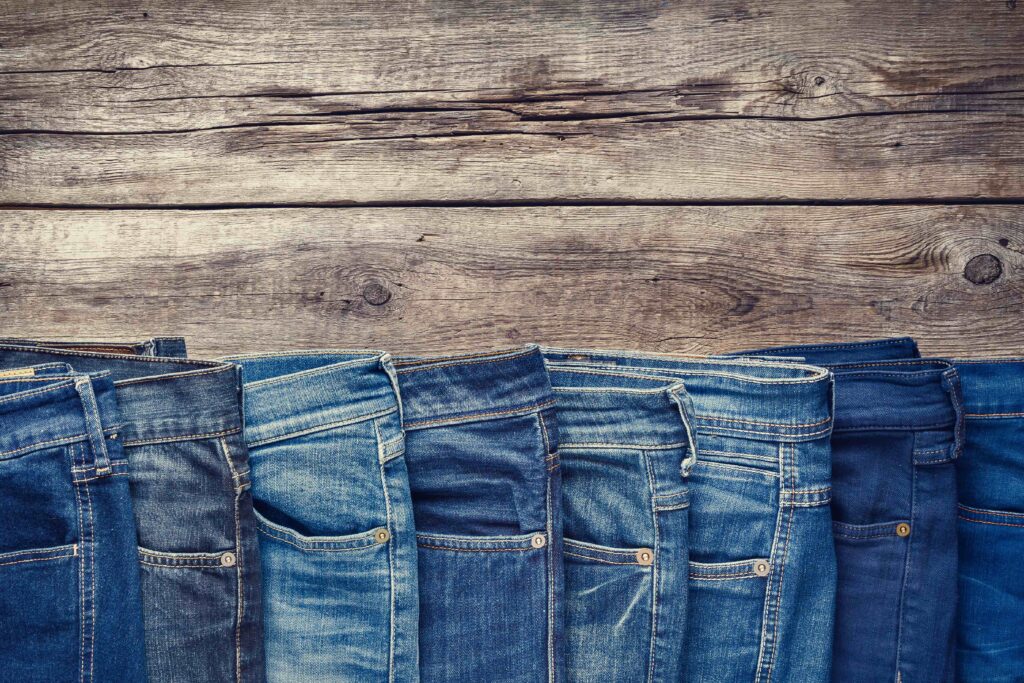
6.1. Dressing up and down with premium denim
The beauty of premium denim is its versatility. You can dress it up with a blazer for a night out or keep it casual with a t-shirt.
I’ve worn the same pair of jeans to both a job interview and a music festival. That’s the magic of good denim – it fits in everywhere.
6.2. Pairing different denim washes and styles
Don’t be afraid to mix and match different denim washes and styles. A light wash denim shirt can look great with dark jeans, for example.
I used to think wearing denim on denim was a fashion faux pas. Now, it’s one of my favorite looks. It’s all about finding the right balance of washes and textures.
6.3. Accessorizing your denim outfit
The right accessories can take your denim outfit to the next level. A good belt, shoes, and jewelry can completely change the look of your jeans.
I love how a simple change of accessories can transform my favorite jeans from a daytime casual look to evening chic. It’s like having a whole new wardrobe without buying new clothes.
Summary
Premium denim is more than just a pair of jeans – it’s a journey. From the careful selection of cotton to the final stitch, every step in the process contributes to creating a product that’s built to last and designed to improve with age. Whether you’re a denim newbie or a longtime enthusiast, understanding the world of premium denim can help you make better choices and appreciate the art and craft behind your favorite pair of jeans.
Frequently Asked Questions
- What makes premium denim worth the investment?
Premium denim offers superior quality, better fit, and longer-lasting wear. While the initial cost might be higher, the cost per wear often ends up being lower than with cheaper jeans.
- How often should I wash my premium denim jeans?
As infrequently as possible! Wash them only when they’re visibly dirty or smelly. This could mean going months between washes, which helps preserve the denim’s color and shape.
- Can premium denim be sustainable?
Absolutely! Many premium denim brands are leading the way in sustainable production methods, using organic cotton, reducing water usage, and implementing ethical labor practices.
- How do I break in raw denim?
Wear them as much as possible and avoid washing them for the first six months. They’ll be stiff at first, but they’ll gradually mold to your body, creating a perfect, personalized fit.
- What’s the difference between selvedge and non-selvedge denim?
Selvedge denim is woven on traditional shuttle looms, creating a clean, finished edge. Non-selvedge denim is made on modern projectile looms. Selvedge is often (but not always) of higher quality and more sought after by denim enthusiasts.


